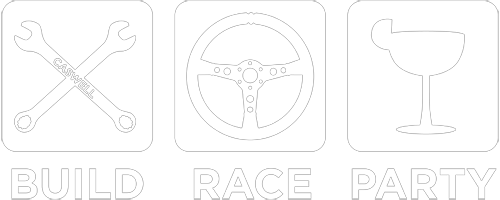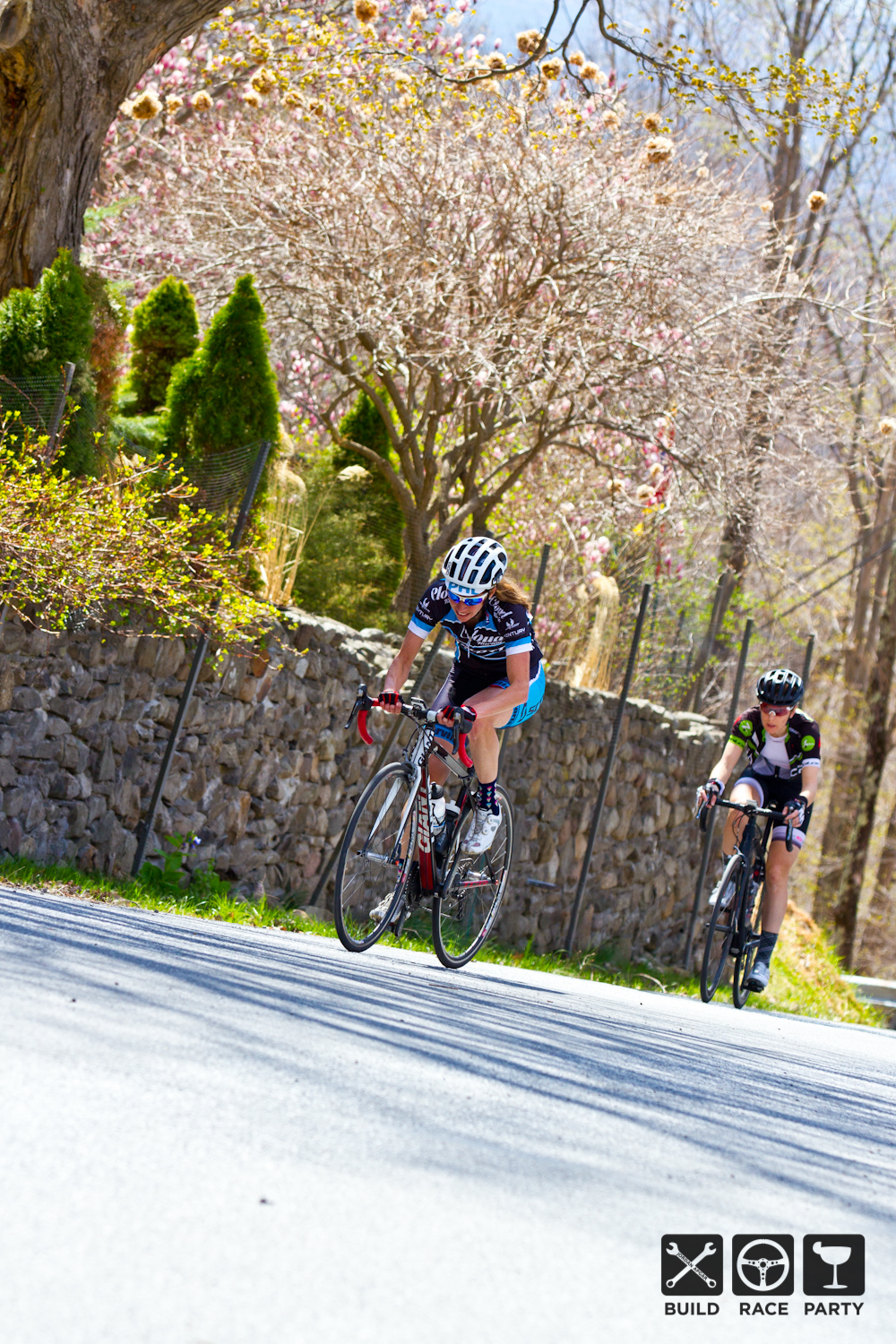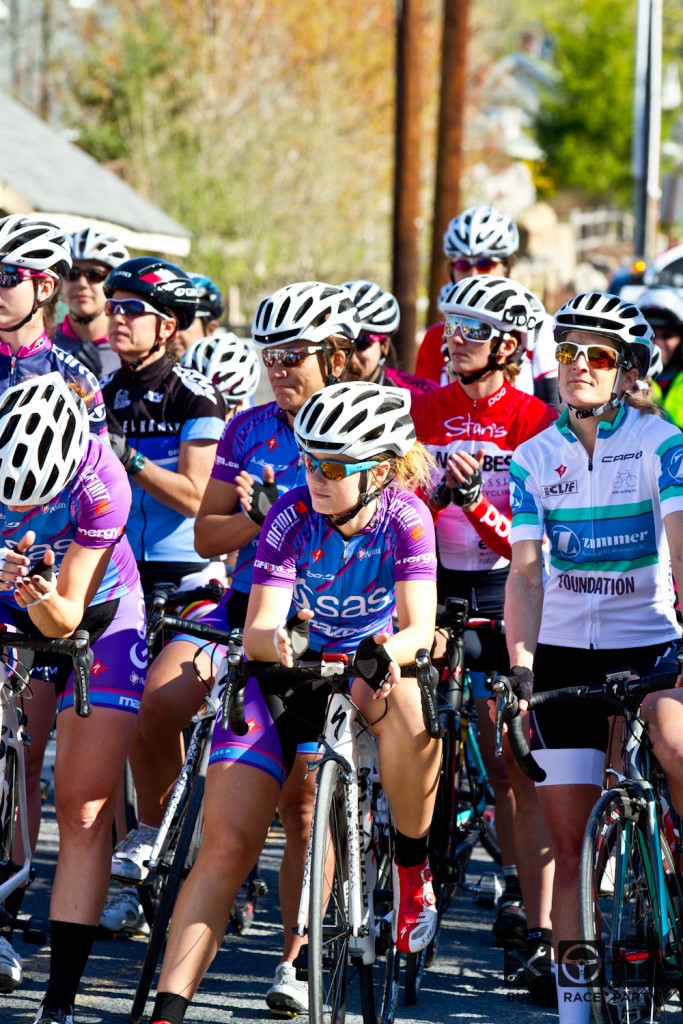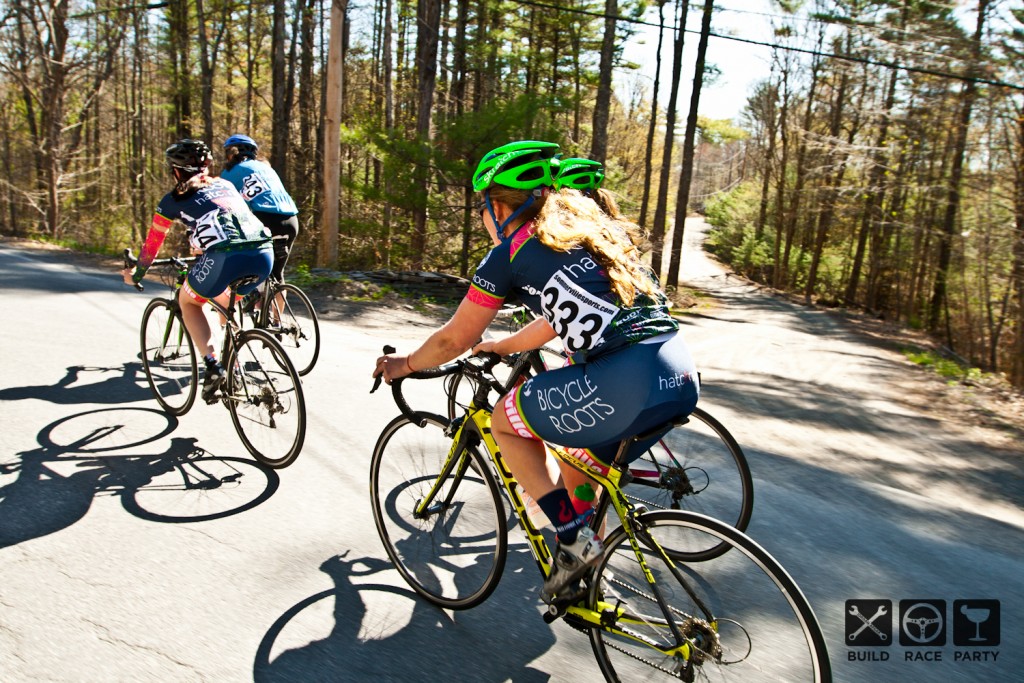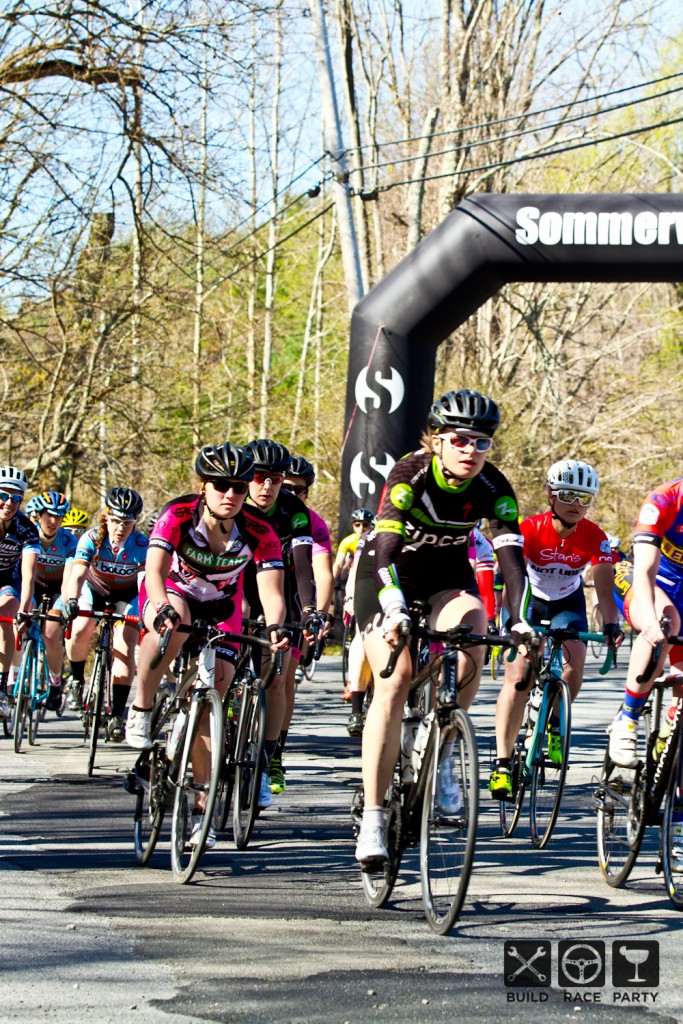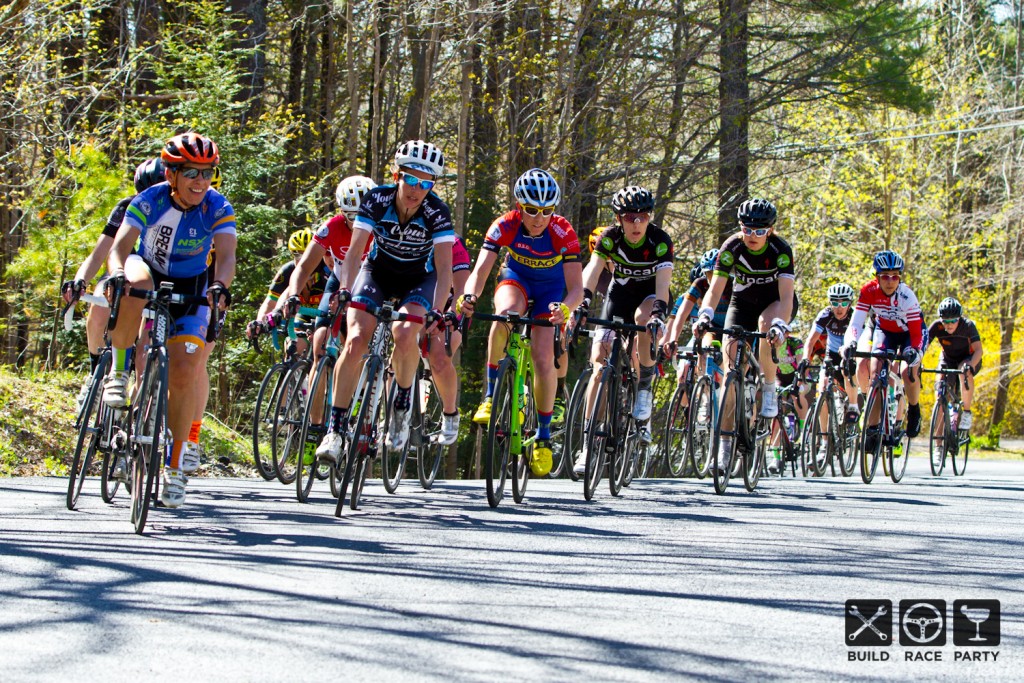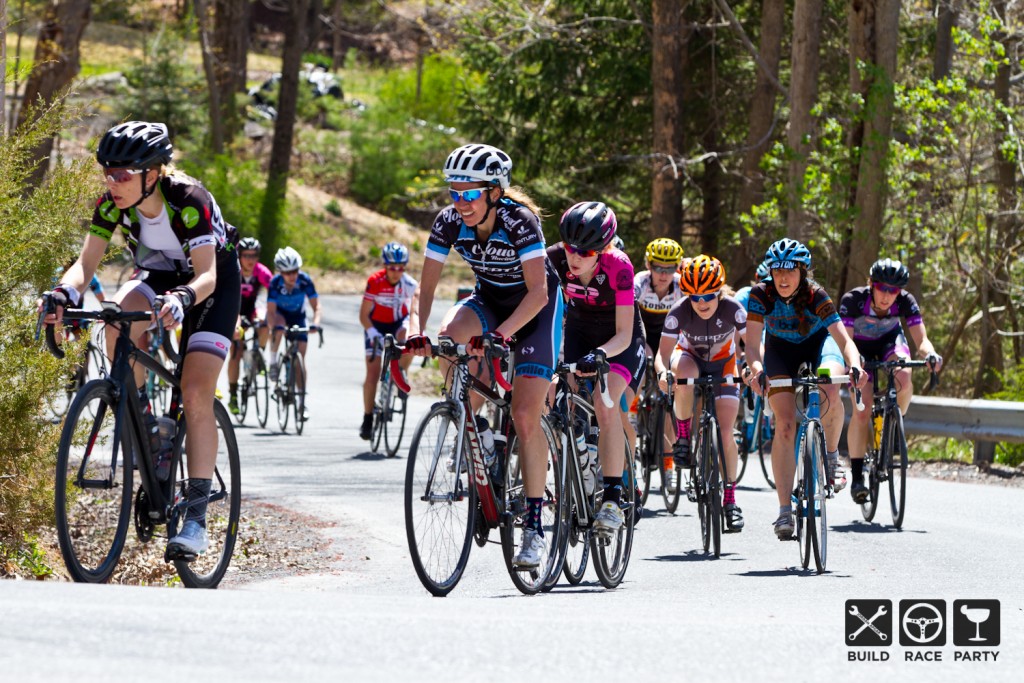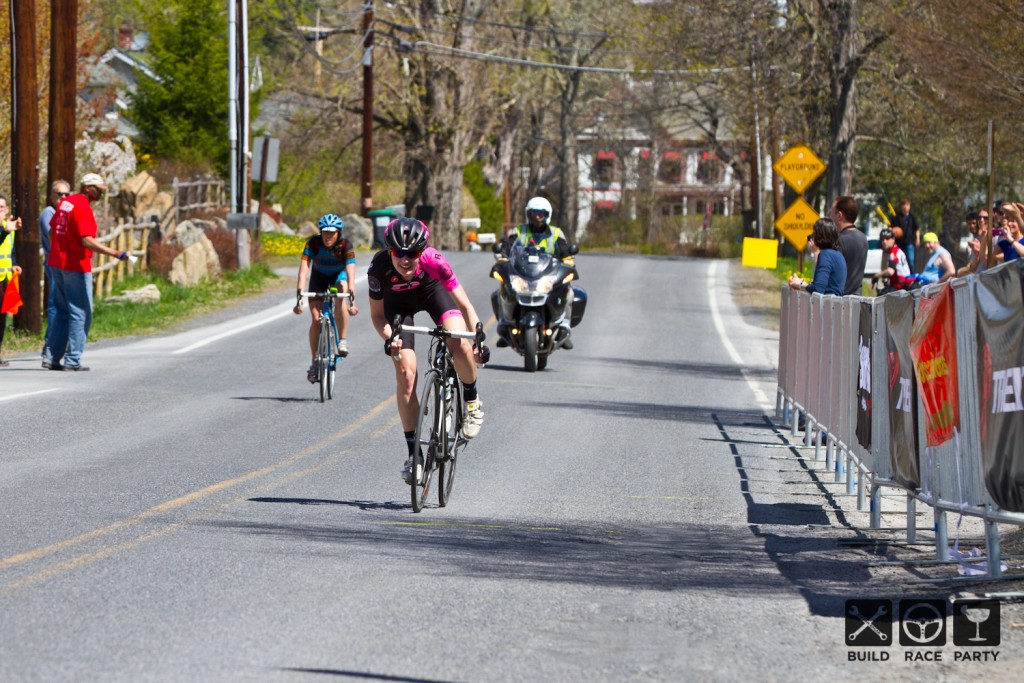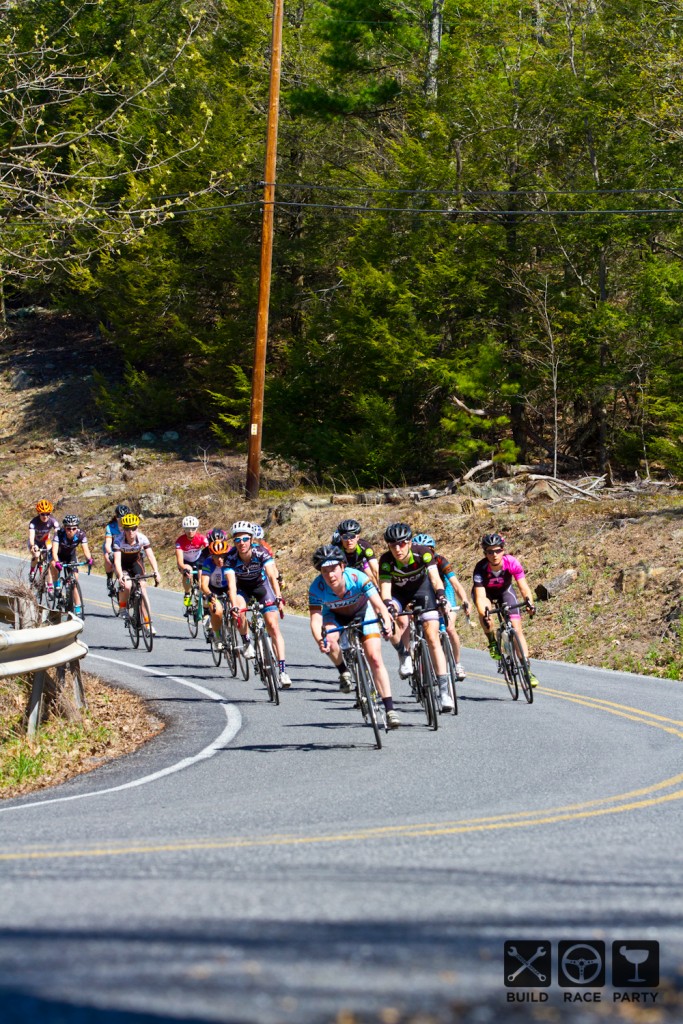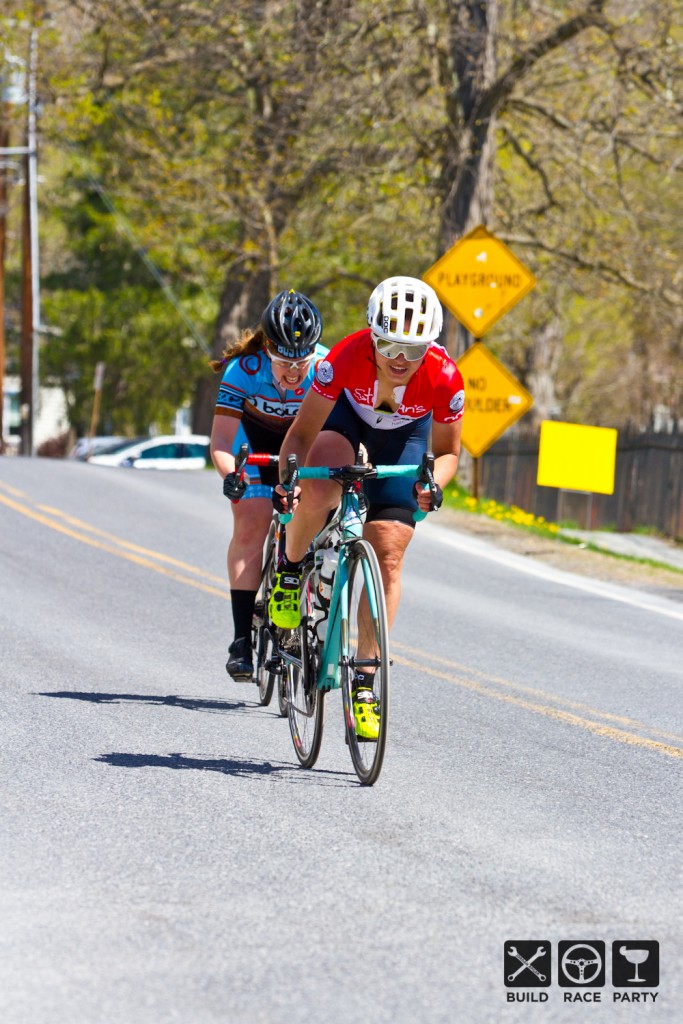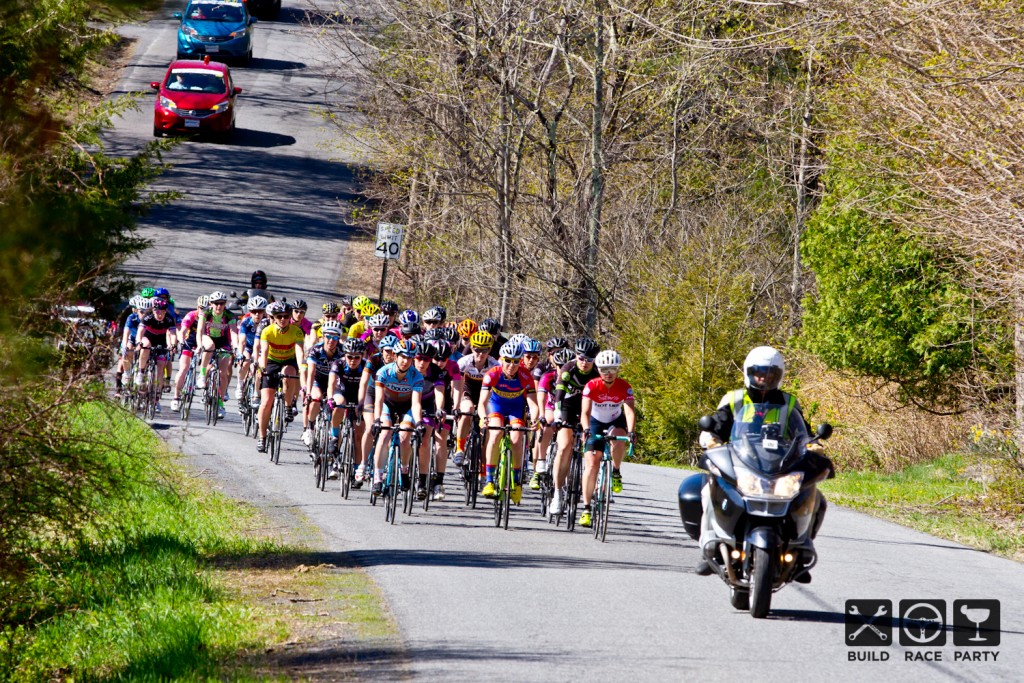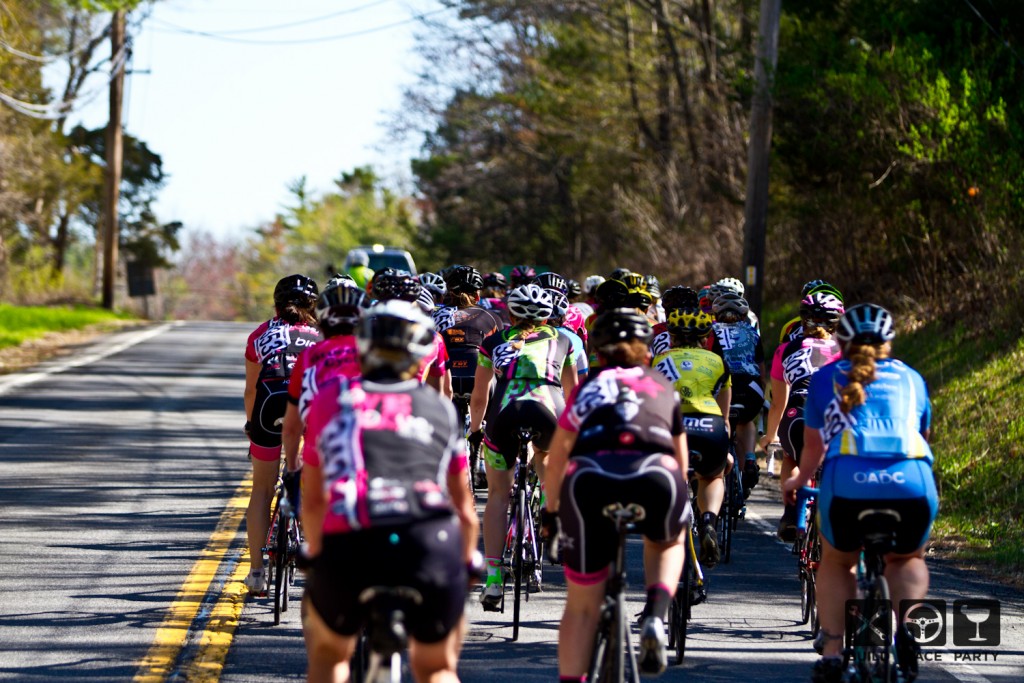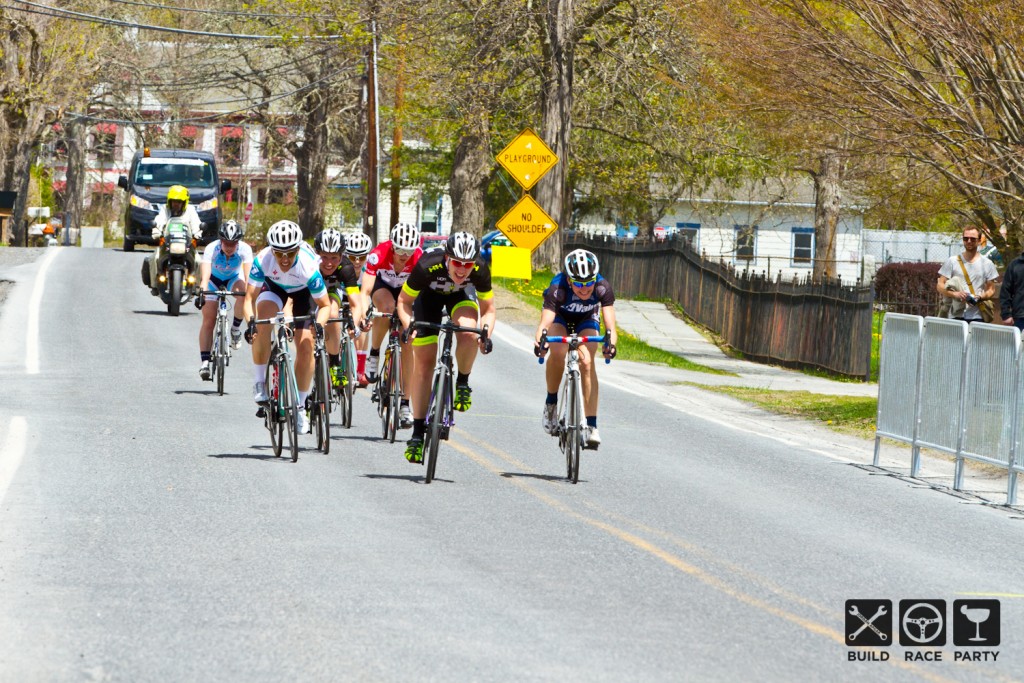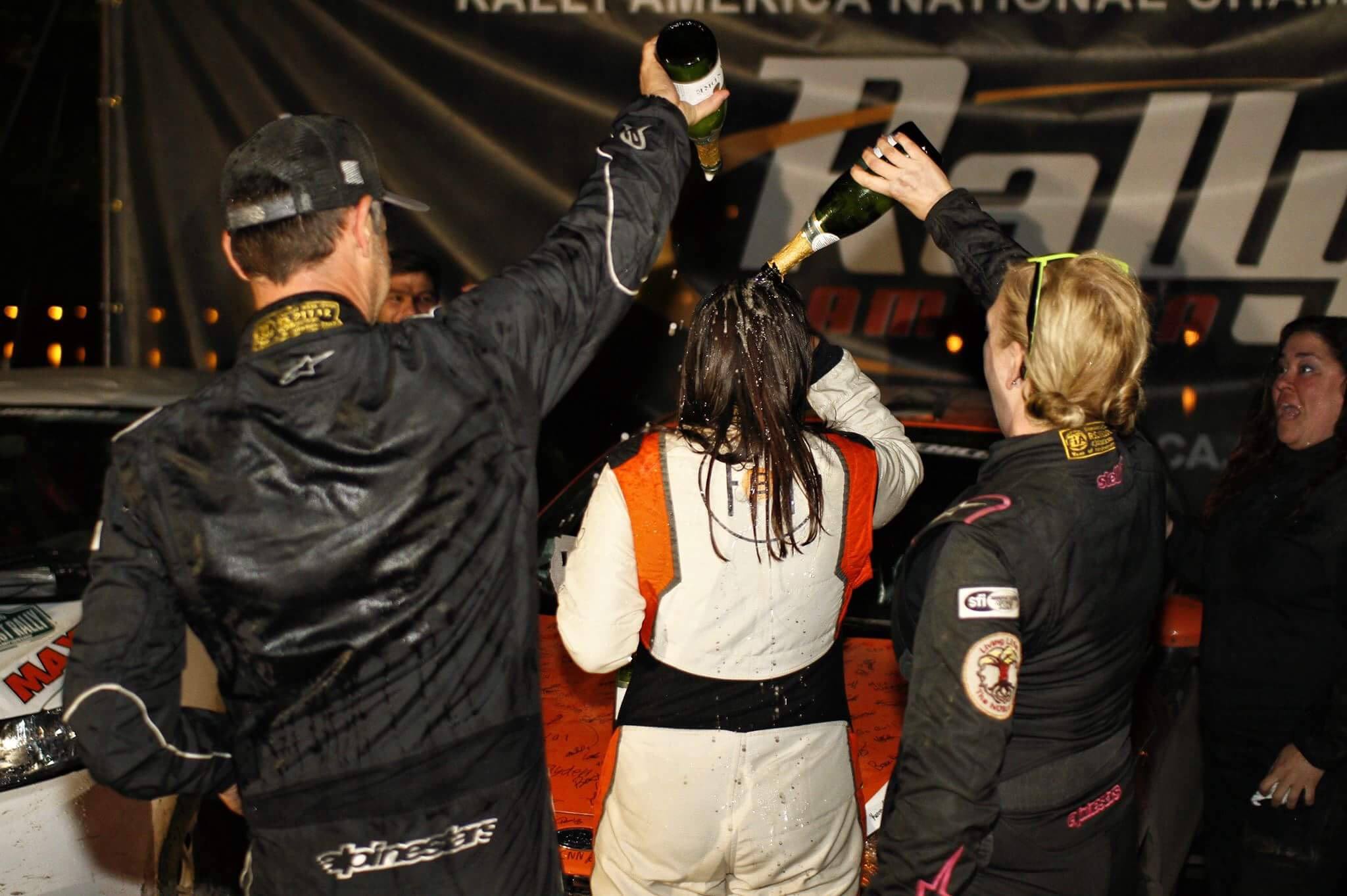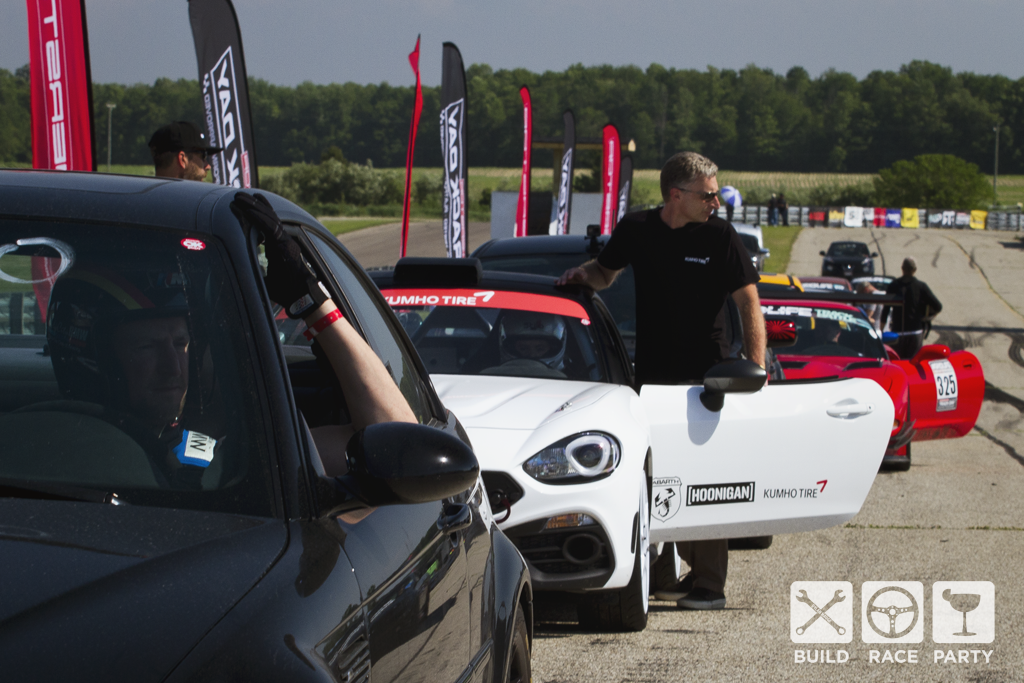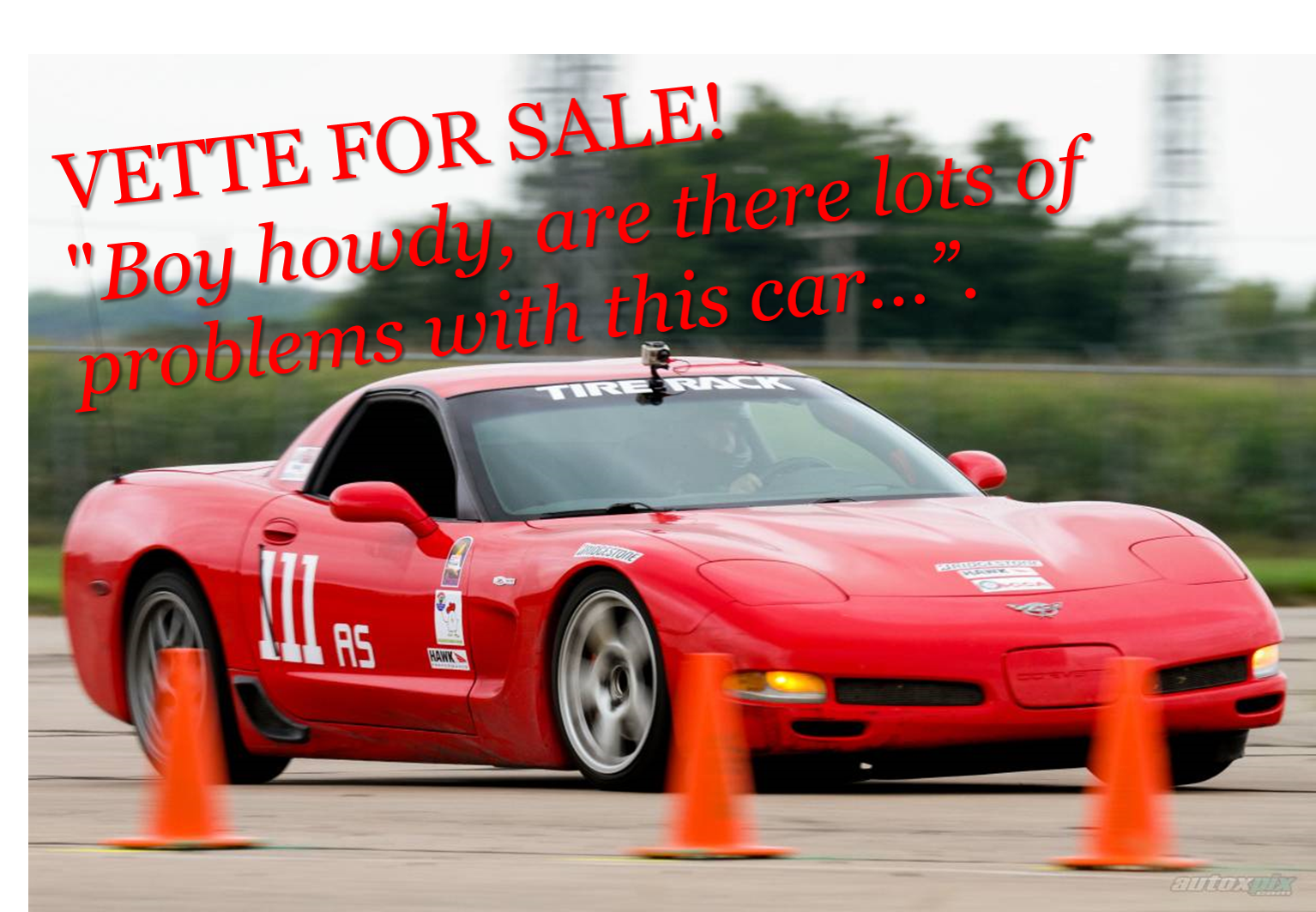Stage rally is the most exciting and intense form of racing for me. I love the sounds, the smells, the dust, rain, mud. The drive home in the middle of the night to make it back to work the following morning. Driving down remote dirt roads, on the edges of cliffs, to places I’ve never heard of. In contrast, well, neither driving at home through the Delaware Water Gap nor living in Margate, NJ made me particularly fond of cyclists. They tend to either glare and scowl when my WRX make its usual loud rumbling noises, even when I’m actively trying not to drive like an ass, or they run red lights in front of me on their way to the beach. Bicycles are quiet and slow; there’s no race fuel to smell, you can’t hear them a mile down the road, you can’t hear them a few feet away for that matter, there’s no anti-lag nor turbo spooling, no blow off valves whistling, no flung rocks, a bicycle doesn’t pass you a little too sideways and make you think, “That was a little too close, I probably shouldn’t stand here.” I haven’t been on a bike in years, hell, I honestly can’t remember the last time I rode one. Heading to my Uncles Farm or to my friend’s house? Your guess is as good as mine.
Back in January, I got a message about some women’s only cycling race that would be happening up in Woodstock, NY. Yes, that Woodstock. While I wasn’t exactly chomping at the bit to go see a bunch bikes peddled by, but I kept it in the back of my mind in case I had no where else to go that weekend. And well, as it turns out, I did have somewhere else to go. I could have headed down to VIR for the chaos that is NASA’s Hyper Fest
I could have. But I didn’t. I went to what felt like would be a bigger adventure.
I went to Woodstock, NY.
For bicycles.
More specifically I went to The Women’s Woodstock Cycling Grand Prix(WWCGP) and it was an incredible experience; one of the best racing adventures I’ve had. Ever. Now, I don’t really want to focus on the whole “women only” event thing. I don’t want to because I don’t really feel the distinction should be necessary. Coming from events, where the competitors are in their car or in full racing gear, you don’t know a competitor is female until they step out of the car or off their bike and onto the podium. But I really do need to make at least a medium sized deal about it. It’s the only women only cycling event in the United States. It may even be the only one in North America, or at all for all I know. That’s a big deal. It’s also a big deal that the prize money is comparable to a men’s event. You see, apparently most cycling events that have classes for women has prize money far less than that of the men’s classes, for racing the exact same roads. Which feels completely unreasonable to me. To be honestly, coming from rally, the fact that anyone even gets money at all is incredibly alien, you may win a cup, or plaque in rally, but as far as I know, you spend a lot of money to drive really fast and to break your car or motorcycle so you can spend more money to unbreak your gear so you can do it again. Not for the chance to win money, and you certainly aren’t breaking even any time soon.
In only its third year, the WWCGP has become an incredibly huge event, drawing well over a hundred competitors, including quite a significant number from Canada, in fact I should probably learn at least some French for next year. I have to attribute a huge portion of the event’s success to the main organizer and founder, Martin Bruhn, a rider with an impressive cycling history including The Canadian National Team and the Olympics. The Olympics. He’s an Olympian.
Martin’s resume isn’t why the event succeeds and excels though. While his career has undoubtedly rewarded him with some incredible relationships, that’s not why he’s able to get so many people, entire communities, and so many sponsors to invest in this event. The first ‘interaction’ I had with Martin was the invite back in January, the second was a 30+ minute phone call at 8:00 AM a few months later when I had let him know I wanted to shoot the event. After only a few minutes, well, seconds really, of talking with Martin I realized just how passionate he was. It was like talking to Bill Caswell, but about cycling. All organizers are passionate about their events, but Martin is different. His enthusiasm and desire to make the event as good as possible, as incredible as possible, constantly overflows from him as he describes the event and where he wants it to go. It’s a completely different sensation from the events I’ve been to in the past, his enthusiasm is contagious and with just a single phone call, the bar for the event and my expectations were set incredibly high.
Most of the pre-event communique with Martin was through email or messaging, the next message I got from him was an inquiry as to how comfortable I was on a motorcycle. I told the truth, I’d ridden bikes before (well OK to be exact 80 and 100 cc dirt bikes in the woods and on my parents lawn putting around) and was therefor ‘comfortable’ on bikes. But I didn’t quite understand where he was going with that, you see, the proper way to shoot a cycling event is on the back of a motorcycle alongside, behind, and in front of the competitors.
Stage rally is…. Actually, you know what? Mom and Dad, family members, stop reading, skip to the next paragraph. Ok. Stage rally is dangerous. It’s stupidly, stupidly, dangerous for the drivers and co-drivers, the volunteers, the media (me), and the spectators. It’s unfortunate, but people die every year during stage rally events. People get killed every year, it’s the most unfortunate fact about a sport that I love so much. Despite that, and the close calls and the videos of close calls I didn’t realize were so close at the time, the idea of riding along with cyclists seemed incredibly risky to me, far more dangerous than standing a few feet away from sideways rally cars, more risky than sitting on a ledge a few feet above the road on Mount Washington as cars sped passed, setting new speed records up the mountain. I can choose where I want to be at a stage rally, at a drifting event. On the back of a bike, there wouldn’t be that much left up to me. Except maybe crashing, I could totally make that happen, that’s be pretty easy.
I was set up with a rider named Chris Bernard and I would be riding on the back of his KTM 990 Adventurer, a monster of a bike. Feel free to insert a joke about two grown men sharing a motorcycle here, a few of my co-workers did, it’s OK it’s funny. Chris, by the way, is apparently an awesome fabricator, having built chassis for formula 2000 cars, custom DSRs along with some really sweet Lotus 7s. We were considering taking a Lotus 7 he had won quite a few national auto-cross events with instead of the KTM until we realized the New York registration had expired. But winding up on the back of the bike was a good thing in the end. Lotus 7s are rediculously tiny but they aren’t small enough. I now understand why Martin was so adamant about the bike. To shoot cyclist, and to do it right, you need to be on the back of a motorcycle.
I had always thought that stage rally was the hardest form of race photography, you need to weigh where you want to go with the schedule of the race, the distances between stages, if a stage is delayed you need to decide if you should head to another. Risk losing your entire day of shooting if something unexpected happens, which it always does. I’ve even had the pleasure of having my first stage cancelled after the first few cars last year, deciding to go to blocked off area meant I was stuck out in the woods for hours by myself until late in the after noon when the cars came through again. You don’t stand on a corner of some track watching cars go by, ad infinitum, something I can’t manage to do for more than 30 minutes or so. It boils down to “The Traveling Salesman Problem” an NP Complete problem computer programmers like me love. If I’m being honest though, I can’t think of a rally that I haven’t found time for laying in the sun, or taking a nap, an extra hour of waiting can buy you the time you need to catch up on all the sleep you’ve missed. Stages delayed a few hours. Even when I’m rushing, it’s usually not that necessary. The Empire State Performance Rally, incidentally, has some fantastic grave yards to take a nap in and is hosted not too far from Woodstock, if anyone is interested this coming November.
That attitude doesn’t work for cycling races though. Have you ever been to a wedding? I’ll assume you have. Things just happen at weddings. And they happen constantly and in a constant flow until it’s over and wait everyone’s gone. And the photographer has to be there and ready for everything, there is no resting, no break. That’s what shooting a cycling event is like. I shot a wedding once, it was the most stressful thing I ever did, I hated most minutes of it and I swore never again, there’s a reason why your wedding photographer wants $6000, weddings suck. But this wasn’t a wedding, it was fantastic and a wholly unique experience.
Cycling uses a ranking system based on points, there’s a few ways to gain points and move up in level, category 4 being the lowest and 1 being the highest. But basically, to raise your ranking you have to win, a lot. WWCGP was split between two groups, category 1/2/3 riders doing a 60 mile run and a 30 mile run for the remaining category 3/4 riders. The category 1/2/3 run was the same as the 30 mile route, but with an extra 30 mile detour for good measure. I shot the Category 3/4 race, 30 miles of winding roads with a mountainous 1200 foot climb and full decent over just a few kilometers. Category 3 and 4 aren’t the professional riders, but they are fast, finishing in under 2 hours, a painful and unfathomable accomplishment for me having seen the roads they’re riding on. For the Category 1/2/3 competitors, the pros, the fastest of them finished 60 miles in under 3 hours.
Chris and I spent 2 hours on the back of a motorcycle constantly passing, and re-passing the convoy of riders. As we passed I shot the riders along side us. Continuously leap frogging the riders to set up on corners and hills ahead, we had to pass the 50-60 riders, two police cars(lights blaring), 2 sweep vehicles, pace bikes, support cars, and fire squad trucks on winding back roads. Each time I would discuss with Chris where we should stop to shoot the riders next. Being local, and a cyclist himself, Chris knew the roads and was absolutely invaluable to my success shooting the event, I trusted he knew the right places to go. He gave excellent advice as to where to stop and set up. Each stop, by the way, gave me only a minute or two max to get ready before the riders passed by. Even speeding a mile ahead on the bike only gave me a few precious moments to get off the bike and figure out where to shoot from.
I remember, for the first several miles, feeling uncomfortable on the back of the bike. Trying to balance shooting with not falling off and dying, but working more on the latter. Trying to figure out how I could make this work. Jumping on and off the bike, pulling my 7D with the 70-200mm lens from my pack. And then I remember after the second or third stop, saying “Fuck It”, jumping back onto the bike, two cameras around my neck, if I was going to shoot the race, I would shoot it right. Swapping memory cards while riding. Shooting as much as I could, as best I could. Leaning out over Chris’s shoulder to compose shots of the pack with my big lens.
I messed up a lot of shots, cyclists don’t move like the rally moto guys (and girls), they don’t have the mass and area of a car, the wrong focus setting, holding the camera wrong, panning less than perfect, leads to out of focus photos, missed opportunities, there’s no forgiveness for being slightly off the mark with cyclists. I missed a lot of photos I wish I hadn’t. You see on nature shows, how gazelles or zebras running en mass protects them, making it hard for predators to focus on a single animal. That’s the feeling I got watching 60 bikes pass by at 20-30 mph a few feet in front of my camera. Unable to really find a single ‘thing’ to focus on, too close with too little time, you wind up hoping for the best, trusting you’ve set up right.
Something was still missing though, there isn’t that rush, that compression of air, the noise, the smells, the roar, whistling, dirt and whirl of cars and motorcycles as they pass by. Sure, running through the hills of upstate New York on the back of a bike feels great. Jumping on and off, rushing to figure out what I’d be doing all adds to the excitement, but it’s still not quite enough. It’s not a racing event as I knew it.
Kneeling just past the finish, shooting the first two riders as they headed my way. My focus was on Maria Legge as she led up until the last few meters to the finish. She, and Regina Kleppe, just behind her, split, Maria to the far side of the road and Regina to the side I was on. In just a few feet Regina sprinted past Maria, sprinted through the finish for the win, and just a handful of feet away, passed by me. To be honest it felt like she was aiming for me. I remember the smile on her face as she finished, the wondrous compression of air and the quiet whir of her bicycle’s gears. And my camera failing to focus in time to capture her win as she dashed passed. It was the last piece missing from an already incredible event, the last thing I was searching for, and I didn’t capture it, but I felt it.
Before this event, had you told me cycling was harder to shoot, or a bigger adventure than stage rally, that I’d ever shoot a race on the back of a motorcycle, have a reason to change memory cards flying down a road, I wouldn’t believe you. Having ridden 30 miles alongside the competitors, having had the pleasure of shooting in the incredible landscape of upstate New York. Being required to be on mark, continuously, until the race was over, it is by far the toughest event I’ve had the pleasure of shooting. It’s by far one of the intense race I’ve ever shot. It’s an incredibly unique experience having the chance to bet at an event like this, to feel so challenged, and it’s definitely on the top of my list to shoot again next year.
